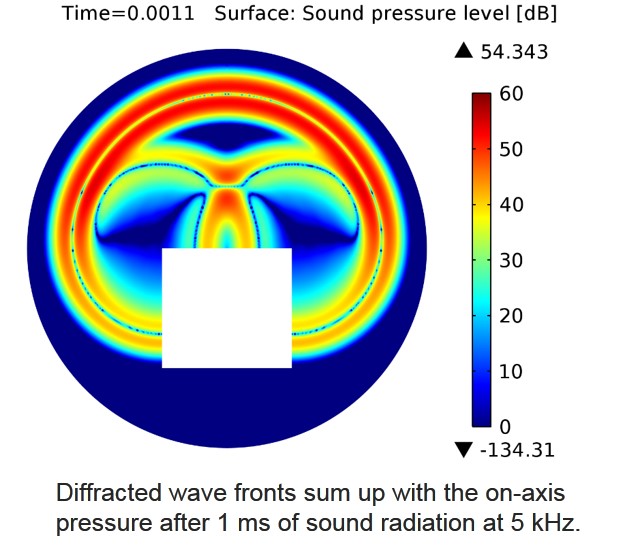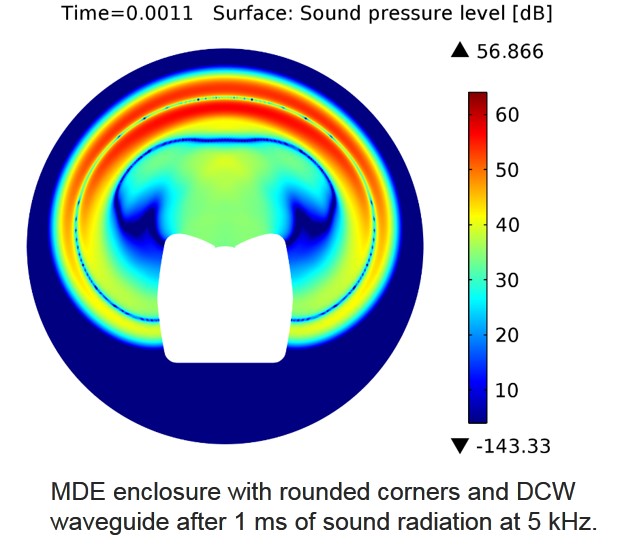https://en.wikipedia.org/wiki/Horn_loudspeaker
Waveguide horns
The term "waveguide" is used to describe horns with low acoustic loading, such as conic, quadratic, oblate spheroidal or elliptic cylindrical horns. These are designed more to control the radiation pattern rather than to gain efficiency via improved acoustic loading. All horns have some pattern control, and all waveguides provide a degree of acoustic loading, so the difference between a waveguide and a horn is a matter of judgement.[41]
https://www.diyaudio.com/forums/multi-way/163581-difference-waveguide-horn.html
Dispersion control above 7-8kHz gets tricky because the wavelength is smaller than driver or throat diameter.
Anyway I hold my opinion, that the major effect, benefit and reason to use it is below 7-8kHz, where" loading" and directivy increase.
Wiki says they are horns albeit with low acoustic loading. I think that is a modern definition for a short horn.
Disclosure: I spent years looking into horn theory and practice, most of which I can't recall without reference to notes.
In the end you love 'em or hate 'em it seems. I'm for the former.
Last edited:



